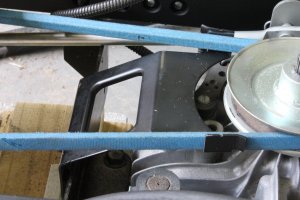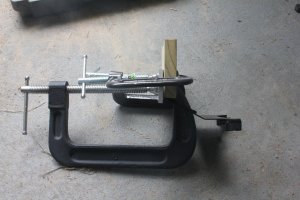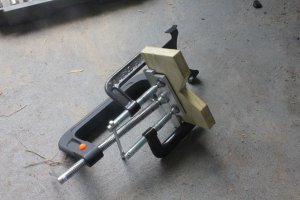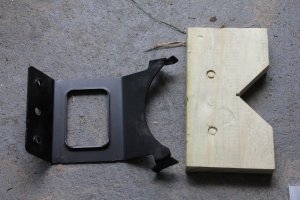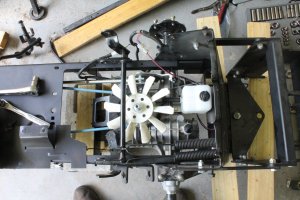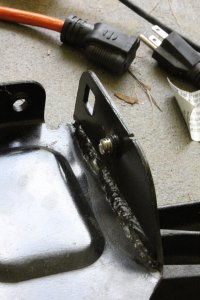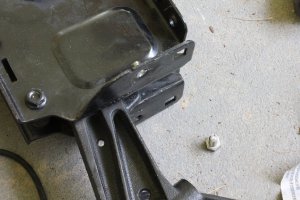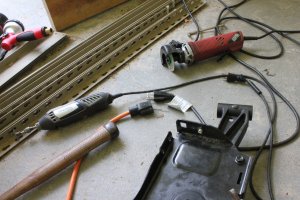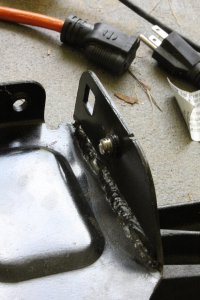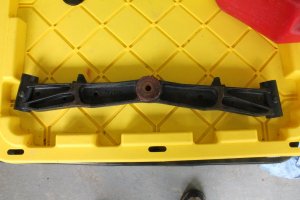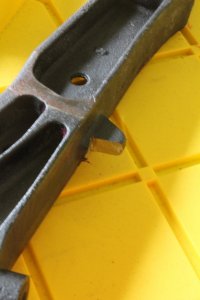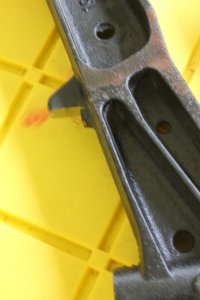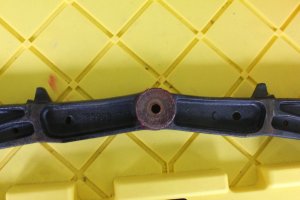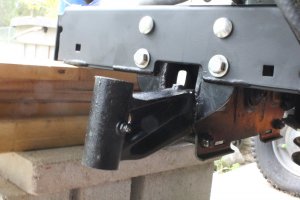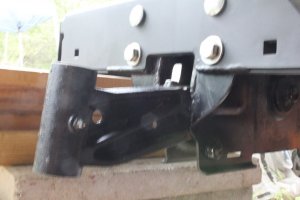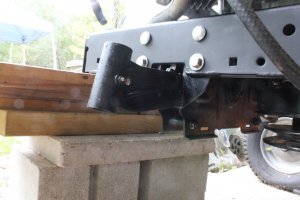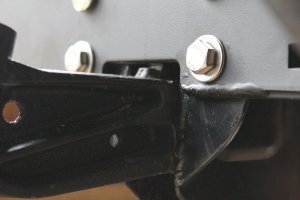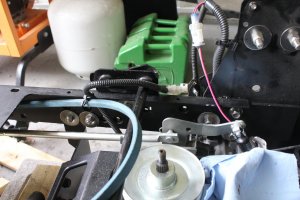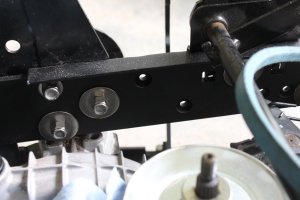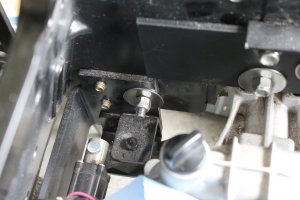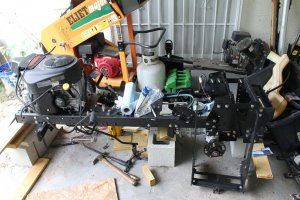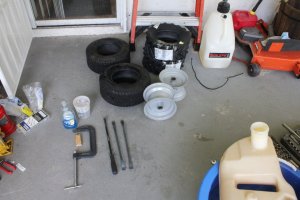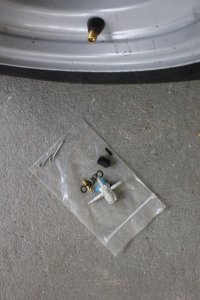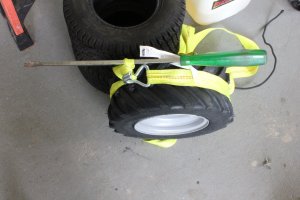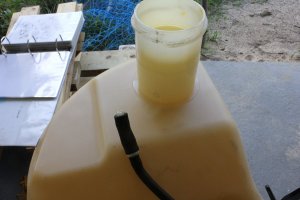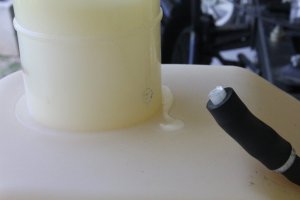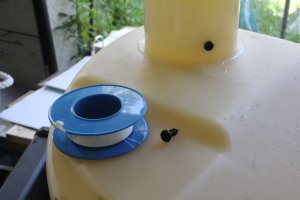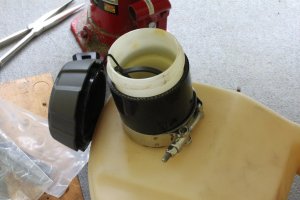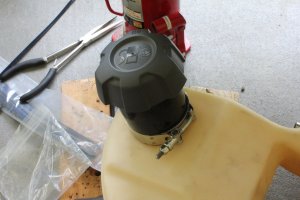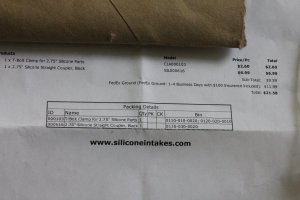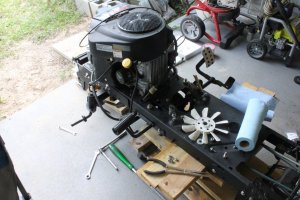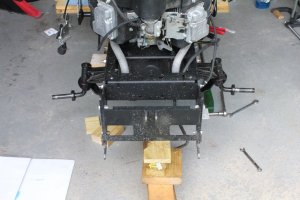This is how I bled the transaxle. Yes it is self bleeding but It is still recommended to bleed it first, so...
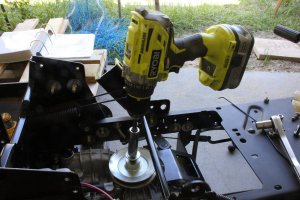
I put the bolt on the input shaft, switched the power speed in the drill to 2 (high) and ripped through one battery charge. The axles barely moved at first but after a few forward input at the pedal and reverse input while spinning the input shaft, it came to life. Bled, done.
another problem was the weak return spring on the brake pedal arm at the transaxle. It would have been ok, but it was slow and I had a 2 pound spring that I put on it that makes sure it is always to the rear (disengaged) unless I want brake applied, cheap upgrade that has worked well.
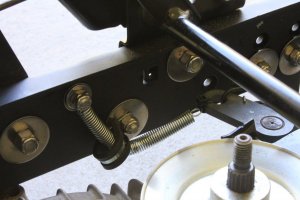

I put the bolt on the input shaft, switched the power speed in the drill to 2 (high) and ripped through one battery charge. The axles barely moved at first but after a few forward input at the pedal and reverse input while spinning the input shaft, it came to life. Bled, done.
another problem was the weak return spring on the brake pedal arm at the transaxle. It would have been ok, but it was slow and I had a 2 pound spring that I put on it that makes sure it is always to the rear (disengaged) unless I want brake applied, cheap upgrade that has worked well.


